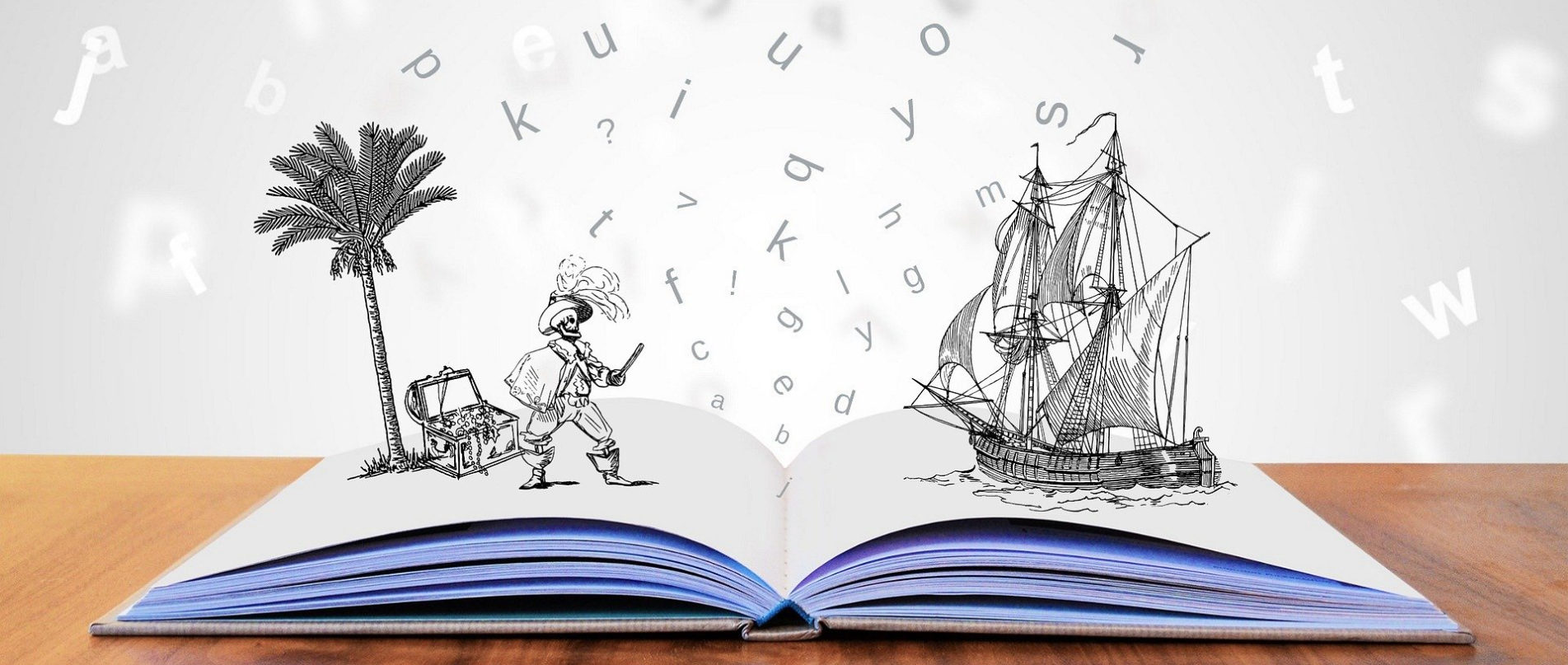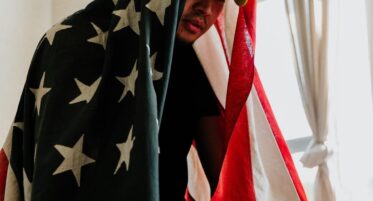
Prompt Images
Everyone’s lives are made up of stories. Mini autobiographies, like the one about the time you rode your bicycle into the side of the house and scraped up your face, or the last time you saw your Grandpa. They might be others’ stories, passed down by mouth or the dozen of media streams we turn to.
I spent a lot of my childhood wrapped up in fictional tales, becoming so fixated on the characters living in book pages or on the silver screen that, at times, they were all I talked about. I think it’s safe to say I became obsessed.
While I was drawn to individual characters and books, I realize now what really hooked me was storytelling itself and the ability to learn so much from them without ever really realizing you were learning. Looking back at my childhood, stories—whether made for children or not—became one of the major influences on my adult self.
What could have such an impression? Here are just some of the stories that shaped me.
Move over, Princess
Growing up, one of the first movies I remember going to see was Harry Potter and the Sorcerer’s Stone. At seven years old, it wasn’t the first movie I had gone to, but this one was the first that made an indelible impact on my forming psyche.
Why, you ask? I mean, number one there’s the magic that spawned my desire to board a train and go to wizardry school. Number two, there’s Professor Quirrell hiding a face underneath his turban which gave me nightmares for months. Number three is the Golden Trio itselfーa group of kids who were misfits at school and in their own minds, but found a home with each other.
And number four? Well that’s the brain of the Golden Trio: Hermione Granger. Harry Potter may be the hero of the story, but we all know that he wouldn’t have gotten very far without the help of Hermione. I admired, and continue to admire, Hermione for her strength, found both in the library and in her own words (even though her creator’s words have become problematic).
Around the same time, one of my older sisters put a VHS of Legally Blonde in the VCR. I absorbed every second of it, including the innuendo I didn’t understand until years later.
While the movie may not have been totally age-appropriate for me, its story was—and remains—a powerful one. Elle Woods exceeded every low expectation set for her by working hard and embracing all she knew from law to haircare maintenance—proving that you never know when some seemingly meaningless factoid might save the day.
Stories matter. They can show you what’s possible, and seeing two women on the screen—and the page—use their smarts for good and have no trouble besting the guys around them made me want to do the same, instead of only being the princess waiting to be rescued.
In their own ways, Elle and Hermione made me want to speak up a little louder, stand a little stronger, and own who I am. Like Hermione, I love to read—a passion which came in middle school with actually sitting down to read the series—and I’m not afraid of a good debate. Like Elle, I believe you have to try to have faith in the good others and yourself can do, and that a great outfit is just one thing that can empower you.
To this day, I can still see their echoes in life choices small and large. When I had the opportunity to study abroad, I considered only one option, influenced by Harry Potter and a new-found love for Jane Austen novels: England. As for Legally Blonde, my wardrobe and furniture have become more pink in recent years (although I can’t say if the movie is the sole cause).
An obsession of historical proportions
In my later elementary school years, the stories I loved strayed from the hallowed halls of Harvard and Hogwarts to history. For this, I blame Disney and the 2004 film National Treasure, which enthralled my fourth-grade self. If you open my school portfolio from that time, you will see that I wanted to attend Georgetown University, and (like all cool kids) be an archivist at the National Archives. I didn’t end up doing either, but the summer before sixth grade, my family and I did get to go to the National Archives and stand just feet away from the Declaration of Independence. In the gift shop, I bought my own version of the document, which (like a cool kid) I framed and hung on my bedroom wall.
Our trip also gave me a chance to visit another piece of history I had developed an interest in: the eternal flame of John F. Kennedy and the woman who weathered hurricane after hurricane with grace, Jackie Kennedy Onassis.
One of my final projects of my elementary school career was to choose a biography and make a board game out of the person’s life. Since I was unsure of who to pick, my sister took me to Waldenbooks (may it rest in peace) and, telling me I’d find the subject interesting, plucked the book America’s Queen: The Life of Jacqueline Kennedy Onassis, from the bargain shelf. While I had to skim a good portion of the 500-plus-page book, she was right: it was interesting. The class. The scandal. The tragedy. It basically set me on my path towards living off the Bravo network ーand, of course, adoring the show Scandal.
I never grew out of my historical obsession. In college, wanting to take the classes but with no plans to do anything with the degree, I minored in history. This only added to my bookshelf already teeming with a mix of historical nonfiction and fiction books, many about the Kennedys or World War II (thanks to The Book Thief).
As a reporter, I took every chance I had to write historical articles, including one about the Kennedys visiting my hometown in 1960. Seeing my byline next to a picture of their visit was #lifegoals.
The creeper
Although it is far from the last story to affect me, another I owe a debt to is The Lovely Bones. It doesn’t rank as my favorite book or my favorite movie—those honors go to The Two Lives of Lydia Bird, The Fault in our Stars, and Zodiac—but it set me on a path of writing my own.
Watching Stanley Tucci become the creepiest of the creeps gave me a sinister inspiration. Don’t worry, it wasn’t to become a killer or anything. It was to add into a 10th-grade English short story assignment about a killing. My fingers moved quickly over the keyboard, and by the end of the night, the paper I had been toying with for a few days was complete.
Three years later, as I struggled with events in my own life, I returned to the story: giving it a new twist, removing the sinister elements to explore the suffering that comes with a loss and the search for acceptance. The ideas came just as easily, my fingers moved just as quickly, and for the first time in a long time—maybe even the first time—I felt like I was doing what I was meant to do.
The characters and stories who first influenced me returned as both conscious and subconscious inspiration. Interweaving my love of politics, history, and drama, I found myself drawn to exploring the lives of powerful families, what they have to turn a blind eye to in order to uphold their reputation, and what that costs them.
In creating characters, I sought to make those, who like the worlds they inhabited, were complicated and flawed, but kind. Ones who knew their worth, and didn’t compromise who they were for the sake of someone else. Who treated people as their equals and pulled up others when they could, while learning it was okay to take a helping hand, too. Women who rather than waiting a rescue tried to find their own way out, and made the people who read them feel empowered like Elle and Hermione had made me.
In short, my lifetime spent lost in others’ stories had finally become of use to make my own.



